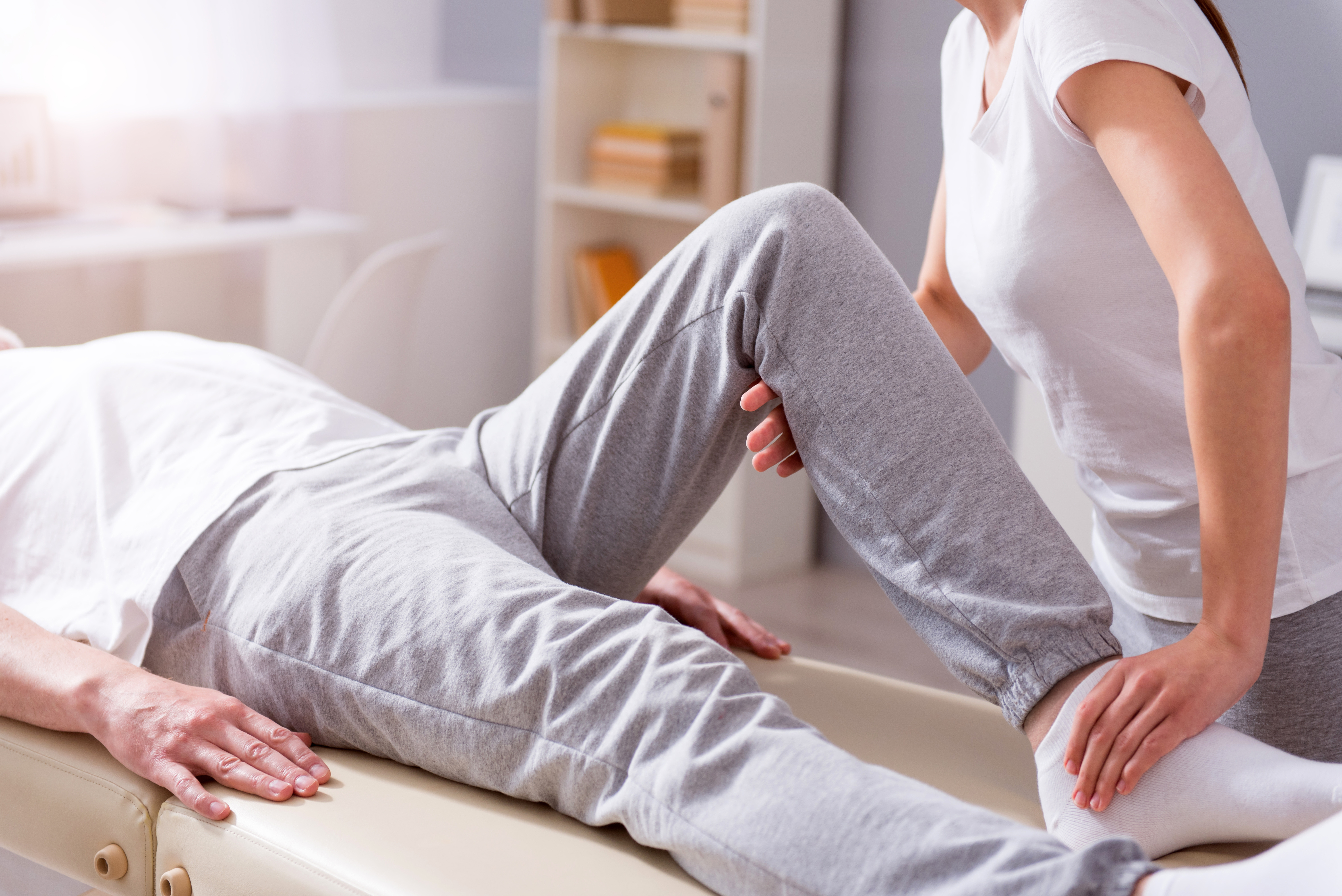Many people attribute cold feet to poor circulation. While this is an unpleasant symptom of impaired blood flow, there are also far more serious symptoms and complications that can occur when there is poor circulation to the feet, like blood clots, chronic pain, swelling, and immobility. Aging and cold weather amplify these symptoms, so it's particularly important to help seniors improve foot circulation in winter. With proper care and treatment, your loved ones can avoid these preventable outcomes. Let’s review the causes and symptoms of poor circulation as well as tips to boost foot circulation.
Symptoms of Poor Circulation in Feet
While it's normal for feet to feel a little colder in winter or achy after long periods of standing, pay attention to lingering or recurring symptoms, particularly in seniors with risk factors like diabetes, obesity, and smoking. Here are a few poor circulation symptoms you or your loved ones might notice if circulation is impaired.
- Cold feet
- Tingling or "pins and needles"
- Swelling
- Blue or purple colored feet
- Pain or aching
- Heaviness in feet
- Development of varicose veins
- Discoloration
- Skin breakage with weeping of fluid
- Scaly or itchy rash
- Cessation of hair growth on ankles or feet
- Numbness
- Engorged veins
- Increased blood pressure
- Fatigue
It’s important to seek medical attention if poor circulation symptoms appear and persist. Circulatory problems can create anything from a minor inconveniences to life-threatening conditions if left untreated. Even a tiny blockage can compromise a major organ, including the heart, brain, or lungs. Interrupted blood flow also impairs healing and causes fatigue and pain, so seniors with these signs of poor circulation should seek a diagnosis and treatment from a medical professional.
Causes of Poor Foot Circulation
But what causes poor circulation? Some seniors experience inadequate blood flow in their feet due to lifestyle, while others suffer from disease, so treatment for poor circulation in feet depends on the cause. Here are some of the most common causes.
- Age: Unfortunately, there is some degree of circulatory impairment that is unavoidable with age due to baroreceptors becoming less sensitive and the aorta becoming thicker and less agile, which affects blood pressure.
- Sedentary Lifestyle: Proper blood flow requires movement to keep the heart healthy and pumping smoothly. So seniors who aren't able to move around as much are at risk for circulation problems.
- Obesity: Being overweight forces the heart to work harder to pump blood and also puts more weight on the feet, which may lead to circulation issues.
- Diabetes: Diabetes can cause swelling, hypertension, and impaired circulation in the feet. It can also cause neuropathy, a separate condition with similar symptoms to circulation problems in feet.
- Deep Vein Thrombosis (DVT): DVT is a blood clot that forms deep in the body, often in the leg, which inhibits or blocks blood flow to the feet. If the DVT breaks free, it can cause a life-threatening pulmonary embolism.
- Atherosclerosis: Atherosclerosis, or hardening of the arteries, is a common cause of poor blood circulation. Many other causes of poor circulation, such as obesity, smoking, sedentary lifestyle, and diabetes increase the risk of atherosclerosis, which makes this condition particularly important to address.
- Peripheral Artery Disease (PAD): PAD is a disease that affects veins and arteries outside of the heart and brain. It's caused by atherosclerosis, which restricts blood flow to all extremities, but particularly the legs and feet. This disease can pose severe circulation problems.
- Smoking: Not only does smoking increase the risk of other health conditions, like DVT and PAD, it also makes it more difficult for blood to flow to the arteries and adequately reach the feet.
- Venous Insufficiency: Venous insufficiency can happen at any age but is prevalent as we age due to damage or weakening of veins. It leads to fluid in the feet, engorged veins, edema, and potentially DVT, which result in circulation issues.
Top 5 Tips to Improve Circulation
Some people overlook circulatory health, but it affects our most vital organs and capabilities and increases in importance as we age. Don't wait until more severe symptoms arise, instead be proactive about adequate circulation.
First, and foremost, check with your doctor to rule out disease and discuss a poor circulation treatment plan. Keep up with medications and monitor blood pressure to address disease-related circulation issues. With your doctor's approval, there are simple home remedies to improve and even prevent poor foot circulation. Here are just a few ideas!
1. Healthy Diet & Weight
Eating healthily can actually lower blood pressure in delicious ways through ingredients like cinnamon, berries, and dark chocolate. High blood pressure has been called the "silent killer" because it often has no symptoms and leads to things like decreased circulation and PAD. Help your loved ones indulge in natural delicacies like pomegranates, sweet potatoes, salmon, and olive oil to improve circulatory function. Healthy eating will also help seniors maintain a healthy weight, which improves heart function and reduces strain on their feet.
2. Exercise
Movement is essential for a healthy heart. Low-impact exercise like walking, yoga, and swimming are great for mobile seniors. While the pain of poor blood circulation to their feet might make them apprehensive about exercise, it will actually have a positive impact on their symptoms. Others may need in-home care to get adequate activity through physical therapy, or assisted walking. In-home caregivers can also gently move the limbs for your loved ones if they are unable to do so themselves.
3. Elevation
For edema and restricted blood flow, elevate the feet and legs. A recliner is ideal if you have one, but you can also place a wedge or rolled blanket under the calves to lift the feet while resting. A stool is useful for loved ones whose feet don't reach the ground while sitting, since crossing the legs restricts blood flow and should be avoided.
4. Warmth & Compression
Pressure helps increase blood flow; so try compression stockings or pneumatic compression devices if your doctor advises. Pressure delivered through a foot massage can also increase circulation and reduce both pain and swelling. Try thicker socks, an extra blanket, or a heating pad to counteract the blood flow restriction that occurs in colder weather.
5. Quit Smoking
Smoking is a triple-threat to circulatory health. Not only does it directly inhibit circulation, it also contributes to both the lifestyle-generated and disease-generated risks of developing bad circulation. Kicking the habit will allow you or a loved one to greatly improve circulatory foot problems.
Foot circulation might not top your list of health concerns, but heart health and circulation are of utmost importance and can cause sudden, serious issues. Poor foot circulation is a red flag of underlying illness and should always be taken seriously. Help your loved one prevent and correct circulatory problems with the simple home remedies to prolong their life. Contact a location near you to partner with a trusted caregiver who knows how to spot the symptoms and can assist in poor circulation treatments to give you peace of mind.


